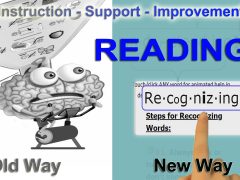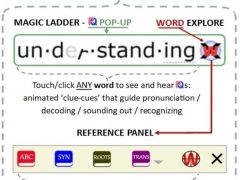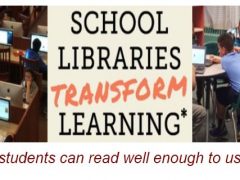Reading is an artificially inseminated language experience. Artificial in the sense that the words we are speaking-hearing are not naturally occurring nor are they originating – like thinking or self-talk – within our own minds. Inseminated in the sense that the words we are reading are entering our minds artificially. When we read, our […]







